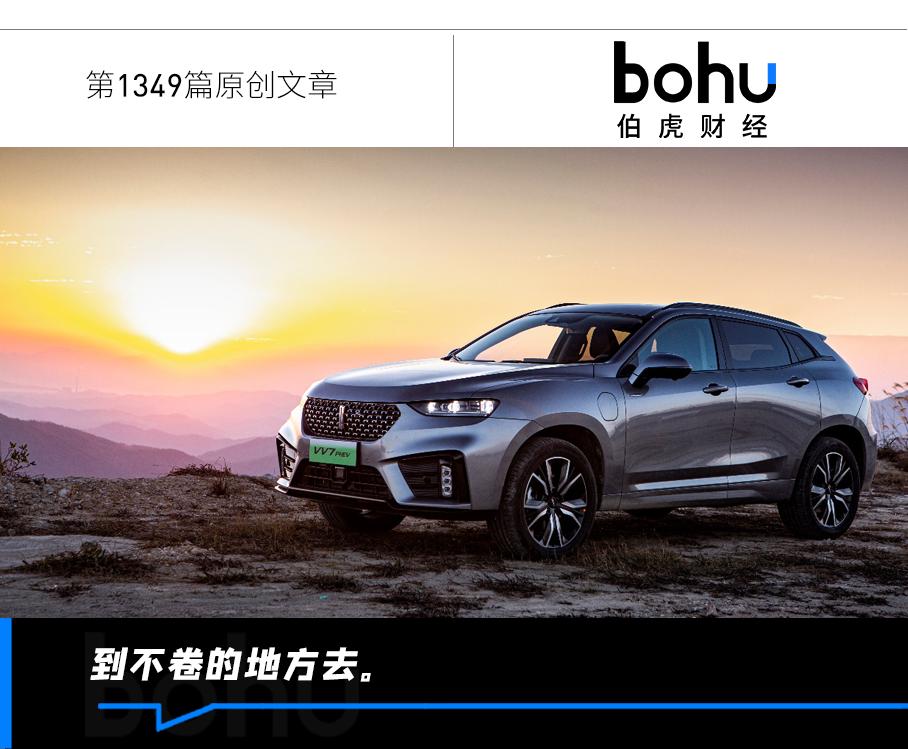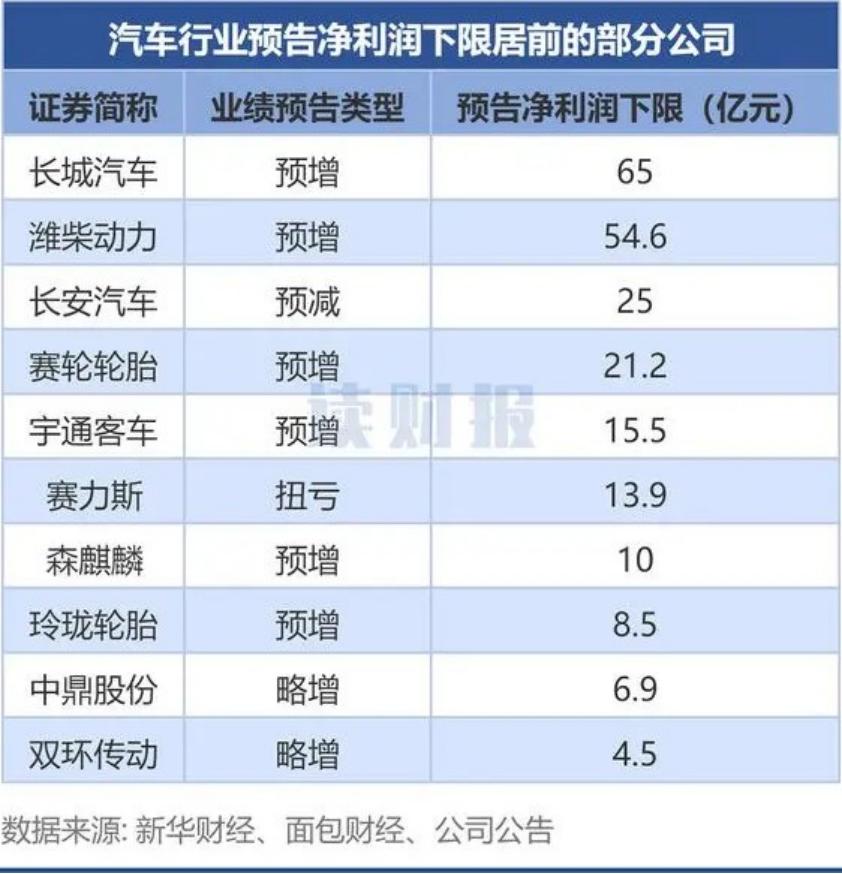Great Wall Motor Makes Money Standing Tall | Automotive Industry
![]() 07/26 2024
07/26 2024
![]() 533
533

Source | BohuFN
In traditional manufacturing, scale and profit have always been positively correlated, with one rising and falling together. Whether it's Tesla or BYD, the key to profitability lies in delivering sufficient volumes.
The law was disrupted by the price war that erupted last year. Early last year, Tesla led the charge by playing the "price card," and domestic brands followed suit. This year, the price war has intensified, with even luxury brands like BBA joining the fray. "Bleeding for sales" has become the norm for many players in the industry. In a market of存量 competition, if someone eats a little more, you eat a little less.
However, not everyone thinks the same way. During Great Wall Motor's 2024 Investor Live Conference in May, Chairman Wei Jianjun, when discussing the prevalent price war in the automotive industry, stated that companies must adhere to a bottom-line mindset, and that bottom line is profitability.
In fact, Wei Jianjun has repeatedly stated in public that Great Wall Motor is unwilling to participate in price wars and will adhere to a bottom-line mindset and long-termism, pursuing quality market share. Using a classic line from "Let the Bullets Fly," Great Wall Motor is "earning money while standing tall."
Recently, Great Wall Motor released its 2024 first-half earnings forecast, reporting a net profit of 6.5 to 7.3 billion yuan, a year-on-year increase of 377.49% to 436.26%, ranking among the top automakers that have announced their profit projections.

Quality growth and a principled approach to price wars. Both are challenging feats for today's automakers. How has Great Wall Motor achieved this? Is this a sustainable state?
01 Squatting Deeply
Flashback four months ago, Great Wall Motor released its 2023 annual report, reporting revenue of 173.212 billion yuan, a year-on-year increase of 26.12%; however, net profit was only 7.022 billion yuan, a year-on-year decline of 15.06%, marking the first profit decline since 2020.
This annual report was also considered Great Wall Motor's worst in four years. Besides the decline in net profit, the company's selling expenses surged 41% year-on-year, indicating that while Great Wall Motor sold more vehicles, it earned less money.
The reason for Great Wall Motor's aggressive sales push in 2023 was due to a significant decline in sales in 2022. Its cumulative sales for the year were 1.0675 million units, a 16.6% decrease from 2021 and 40% shy of its original target of 1.9 million units for 2022. From this year onward, the company's profit growth also began to decline slightly.
Great Wall Motor described its 2022 setback as "squatting deeply" and hoped to "jump" in 2023. However, despite a 15.29% year-on-year increase in cumulative sales in 2023, there was still a gap compared to 2021's 1.281 million units.
Spending heavily on marketing yet still struggling to sell vehicles, why did Great Wall Motor fail to "jump"? On the one hand, Great Wall Motor has been striving to catch up with the new energy vehicle market in recent years, but the more anxious it became, the more mistakes it made.
Looking back at Great Wall Motor's history, while joint venture automakers were focusing on the sedan segment, it concentrated on niche markets like pickups and SUVs. Taking the company's first SUV blockbuster, "Haval H6," as an








